Diving into History Tracing the Extracurricular Evidence Collection Process of the Tokyo Trials
Seventy-nine years ago today, on May 3, 1946, the International Military Tribunal for the Far East (IMTFE) convened. As the tribunal was held in Tokyo, Japan, it is historically known as the "Tokyo Trial."
At the beginning of the Tokyo Trial, the International Prosecution Section visited Nanjing several times for on-site investigations and evidence collection, gathering evidence of Japanese military crimes in China, including the Nanjing Massacre.
In 1947, to present evidence against war criminals Dohihara Kenji and Seishirō Itagaki, the Chinese prosecution team at the Tokyo Trial visited the archives of the former Japanese Army Ministry in Japan to search for documents that had not been destroyed.
These investigations provided crucial evidence for the courtroom proceedings. They played a significant role in ultimately determining the guilt of the Japanese war criminals.
Finding Witnesses of the Nanjing Massacre
In March 1946, the Chinese prosecutor of the IMTFE International Prosecution Section, Hsiang Che-chun, and his advisor, Chiu Shao-heng, along with U.S. prosecutor Morrow and assistant prosecutor David Nelson Sutton, came to Nanjing to collect evidence. Their primary task was to locate survivors and gather witnesses.
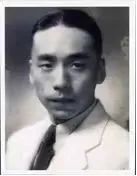
Chiu Shao-heng (1913-2009)
Among them, Hsiang Che-chun was responsible for coordinating and liaising with the Chinese government. At the same time, the other members conducted on-site investigations. The Chinese Ministry of Judicial Administration assisted in their work.
Morrow and his team discovered that during the Japanese occupation of Nanjing, American missionaries and journalists who remained in the city were crucial witnesses and possessed a wealth of evidence.
They held interviews with Dr. Miner Searle Bates, an American professor at Jinling University, and Lewis Strong Casey Smythe, an American professor at Jinling University and secretary of the International Committee for the Nanking Safety Zone.
They also interviewed H. J. Timperley, a correspondent for the British Manchester Guardian in China. In 1938, Timperley wrote What War Means: The Japanese Terror in China, which exposed the truth of the Nanjing Massacre perpetrated by the Japanese military.
From April 6 to 9, 1946, Chiu Shao-heng and others translated the testimonies of Chinese witnesses into English. Morrow, Sutton, and others served as witnesses, signing off on these English testimonies respectively. For example, at the end of the testimony by Cheng Ruifang, who was then the dormitory supervisor of Ginling College, in addition to Cheng Ruifang's signature and seal, there is Sutton's attestation: "The foregoing testimony was made and reduced to writing in my presence by Mrs. Cheng Ruifang. On April 8, 1946, in Nanjing, China, it was signed by her in my presence, David Nelson Sutton, Assistant Prosecutor of the International Prosecution Section." This shows that the acquisition of these testimonies followed strict legal procedures.
On April 10, 1946, the English-language newspaper published by American expatriates in China, Shanghai Evening Post and Mercury, reported: "The story of the infamous Japanese atrocities in Nanjing in 1937 may for the first time be presented to the world with complete documentary evidence in the trial of the Class A war criminals."
On the same day, the American-style newspaper in China, The China Press, reported: "During their week in Nanjing, they interviewed 120 witnesses in a single day to gather evidence of the 1937 Nanjing atrocities." "They often interrogated Japanese war criminals detained in China and interviewed witnesses until 3 a.m."
On April 12, Morrow and Sutton returned to Tokyo. On May 31, following instructions from the chief prosecutor of the IMTFE, Joseph B. Keenan, Sutton and his team made their second trip to China to bring witnesses to Tokyo to testify and transport the archives from the U.S. Embassy in Nanjing to Tokyo.
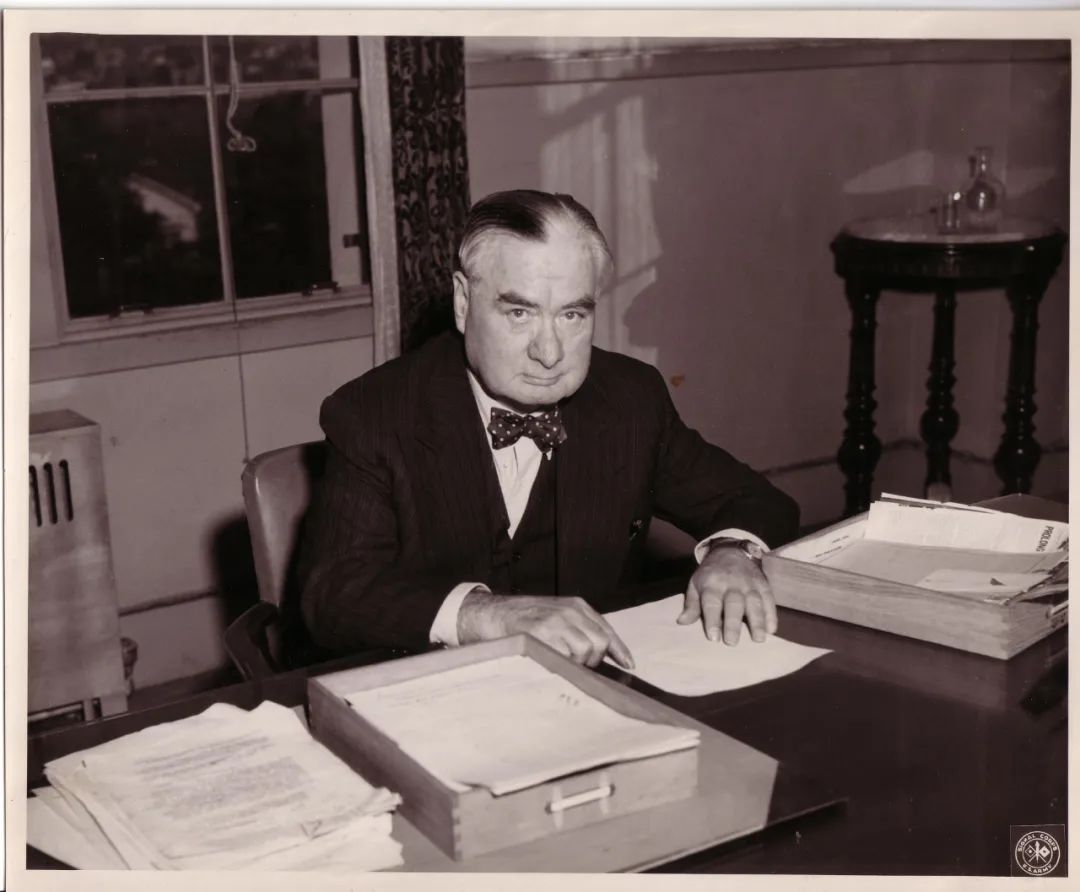
Joseph B. Keenan, from the National Archives of the United States.
On June 4, Sutton and his team arrived in Nanjing and met with several Chinese and American officials.
On the evening of June 5, Sutton met with Hsu Chuan-yin, the head of the Housing Committee of the International Committee for the Nanking Safety Zone. Hsu agreed to go to Tokyo as a witness.
From 10 a.m. to 12 p.m. on June 6, Sutton met with Dr. Miner Searle Bates at Bates' residence. Sutton decided to bring Bates to Tokyo to testify and obtained an affidavit from Lewis Smythe, an American professor at Jinling University.
From the afternoon of June 6 to June 8, Sutton interviewed several potential witnesses sent by the Chinese Ministry of Judicial Administration and the Mayor of Nanjing. He selected Wu Changde, Chen Fubao, Shang Deyi, Liang Tingfang, and others as witnesses to go to Tokyo. They agreed to testify in court.
Ultimately, these individuals, along with important witnesses such as Dr. Robert Wilson and Reverend John Magee, testified at the IMTFE, laying a solid foundation for the tribunal's judgment.
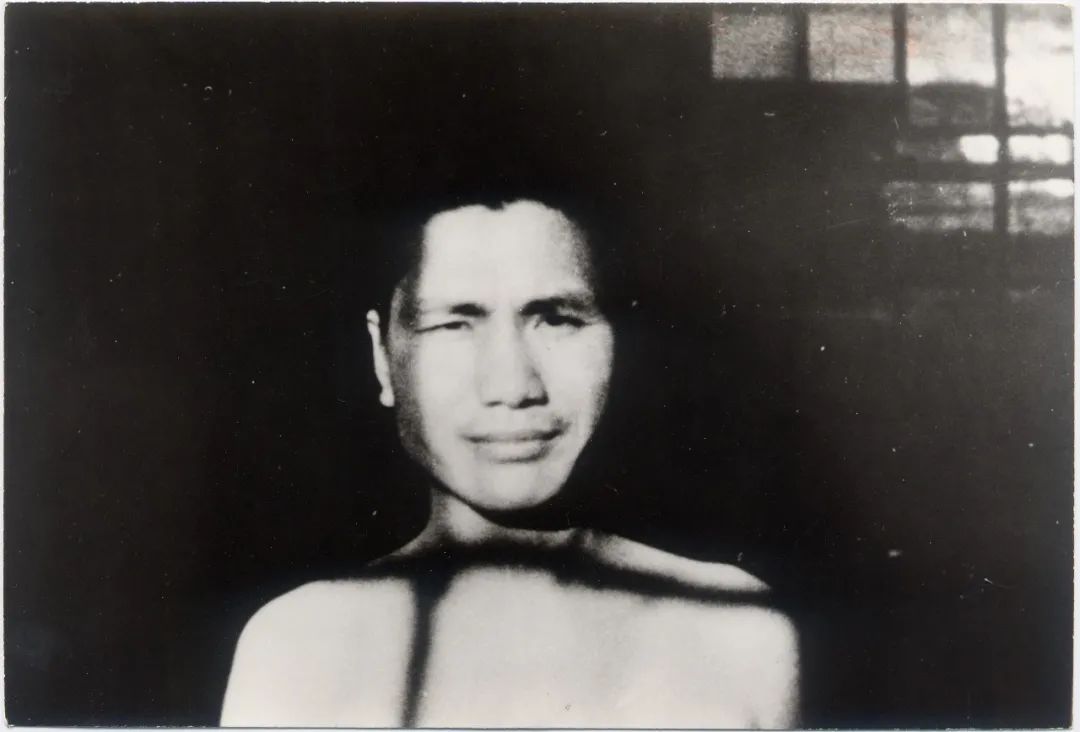
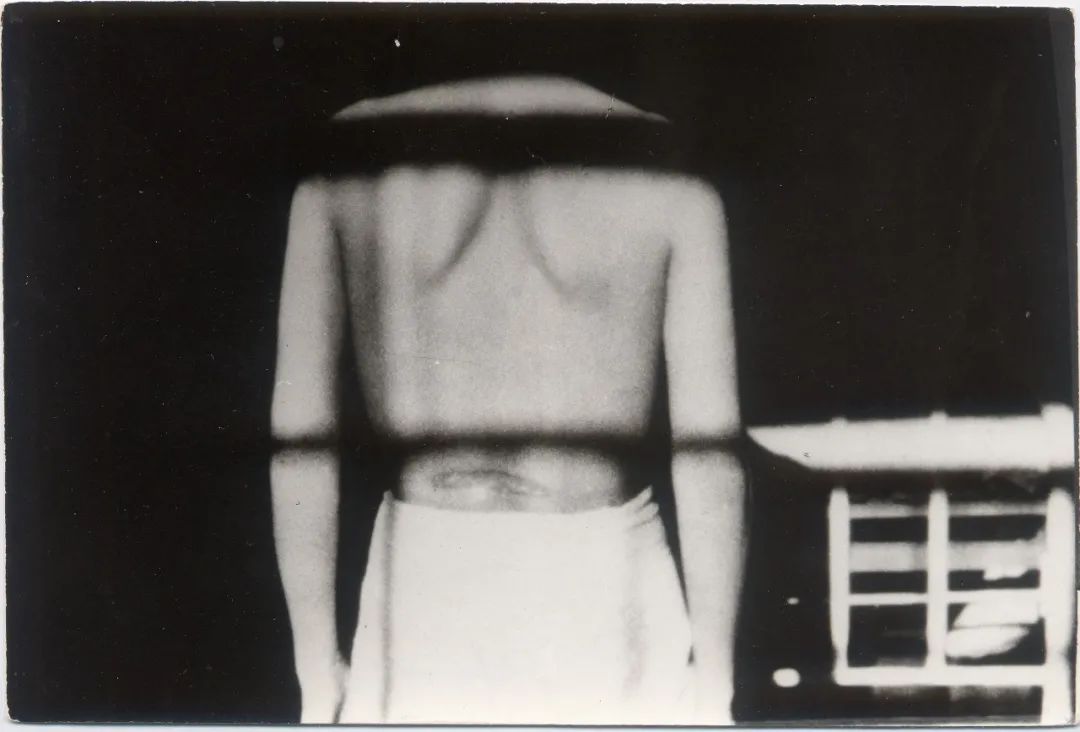
Wu Changde, a survivor of the Nanjing Massacre, was a police officer in Nanjing at that time. On December 15, 1937, he was captured by the Japanese military. During a mass execution by the riverbank of the Qinhuai River outside the Hanzhong Gate, he fell to the ground when the gunfire began. When the Japanese soldiers came to bayonet the bodies, a bayonet pierced through the corpse on top of him and into his back. Wu Changde narrowly escaped with his life. On February 15, 1938, the American missionary John Magee captured the moment when Wu Changde had recovered from his injuries. (Reference photo)
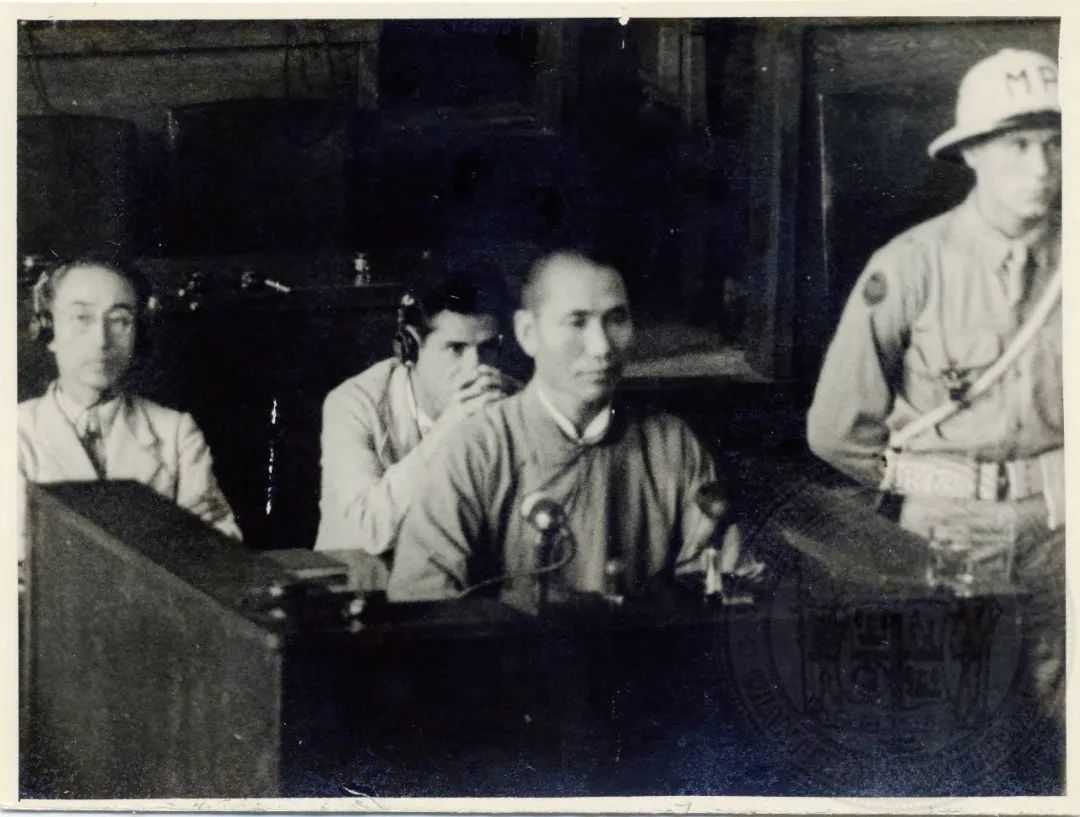
In 1946, Wu Changde testified in the International Military Tribunal for the Far East, denouncing the Japanese army's atrocities during the Nanjing Massacre. (Photo from the archives)
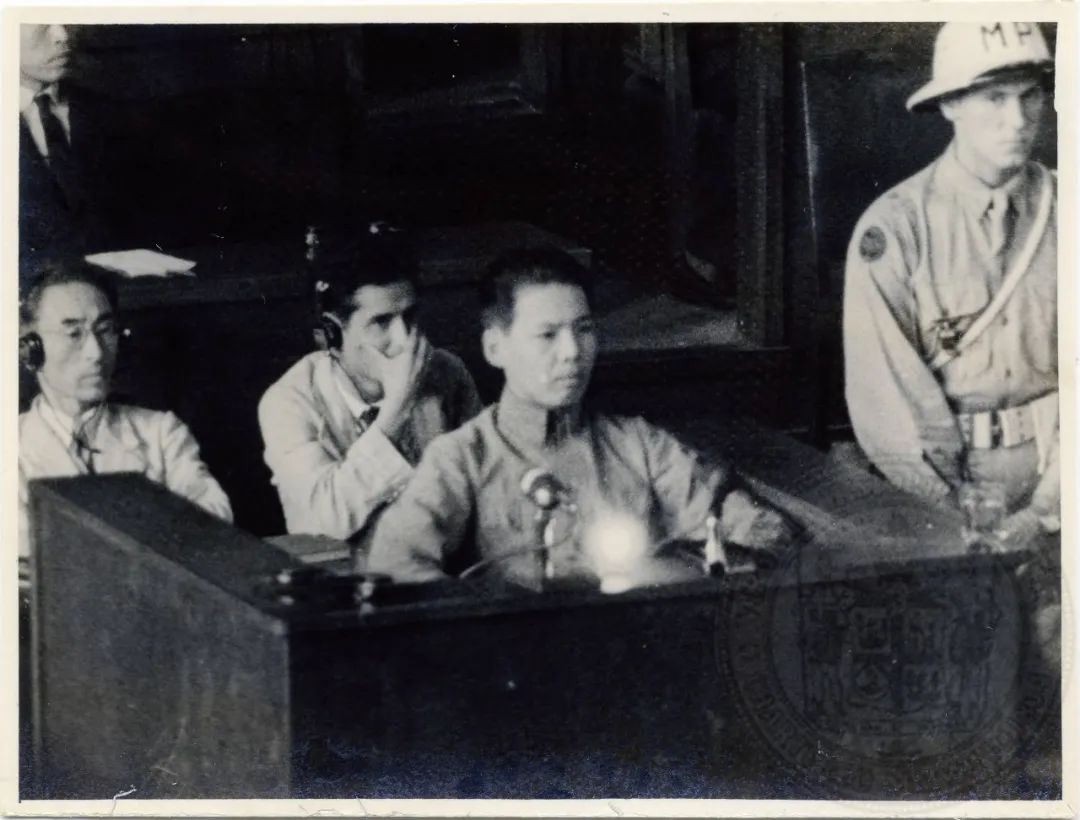
Nanjing Massacre survivor Chen Fubao testifies at the IMTFE. (Photo from the archives)
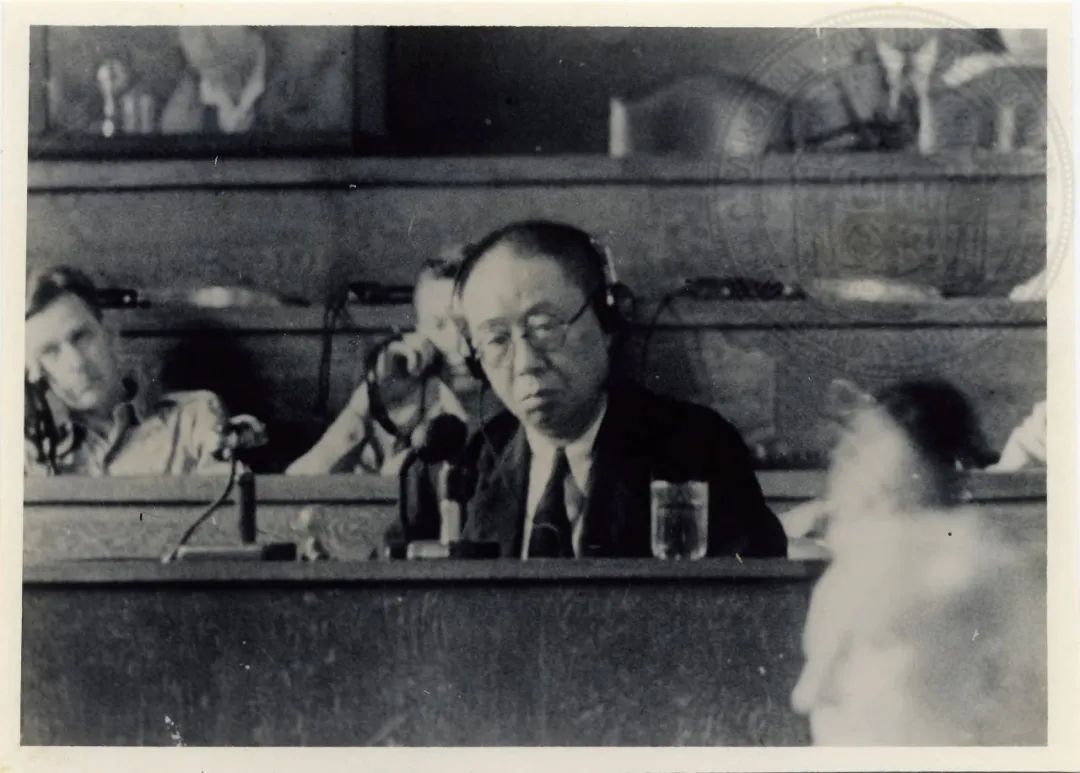
Xu Chuanyin testifies at the IMTFE. (Photo from the archives)
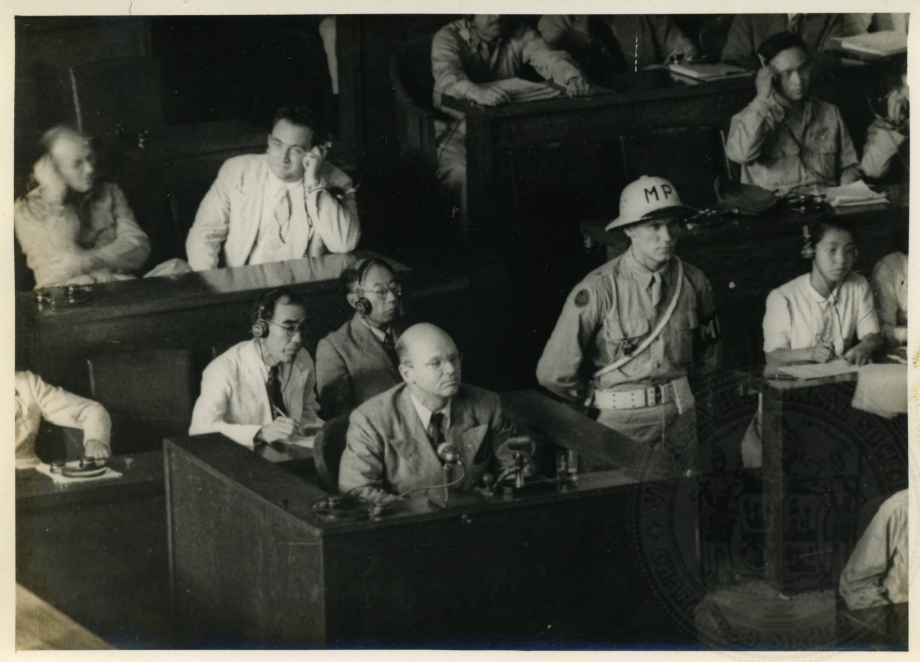
During the Nanjing Massacre, Robert O. Wilson, the only surgeon in Nanjing City, testifies about the Japanese army's atrocities in Nanjing at the IMTFE. (Photo from the archives)
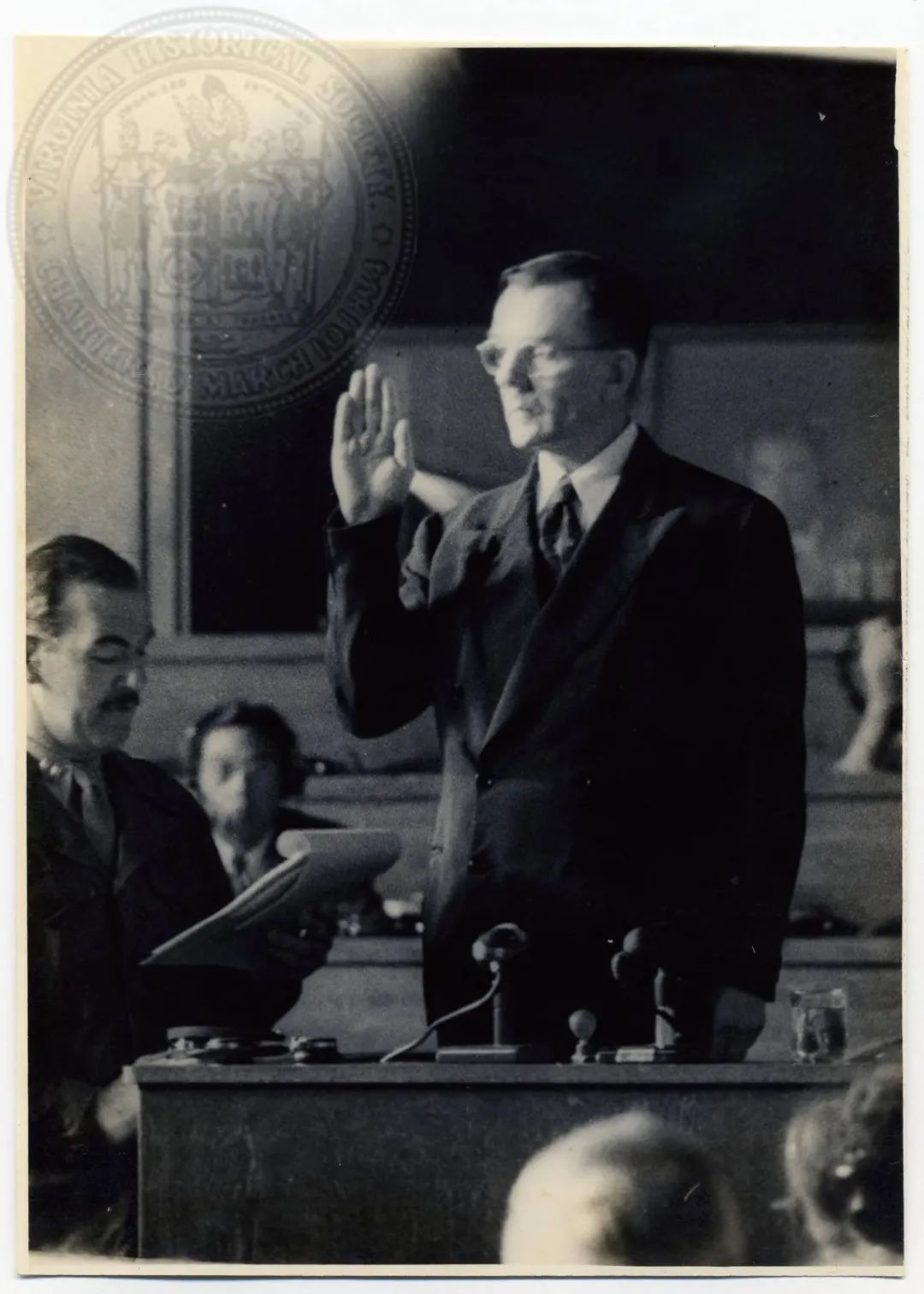
Minna Vautier, an American professor at the University of Nanking, testifies at the IMTFE. (Photo from the archives)
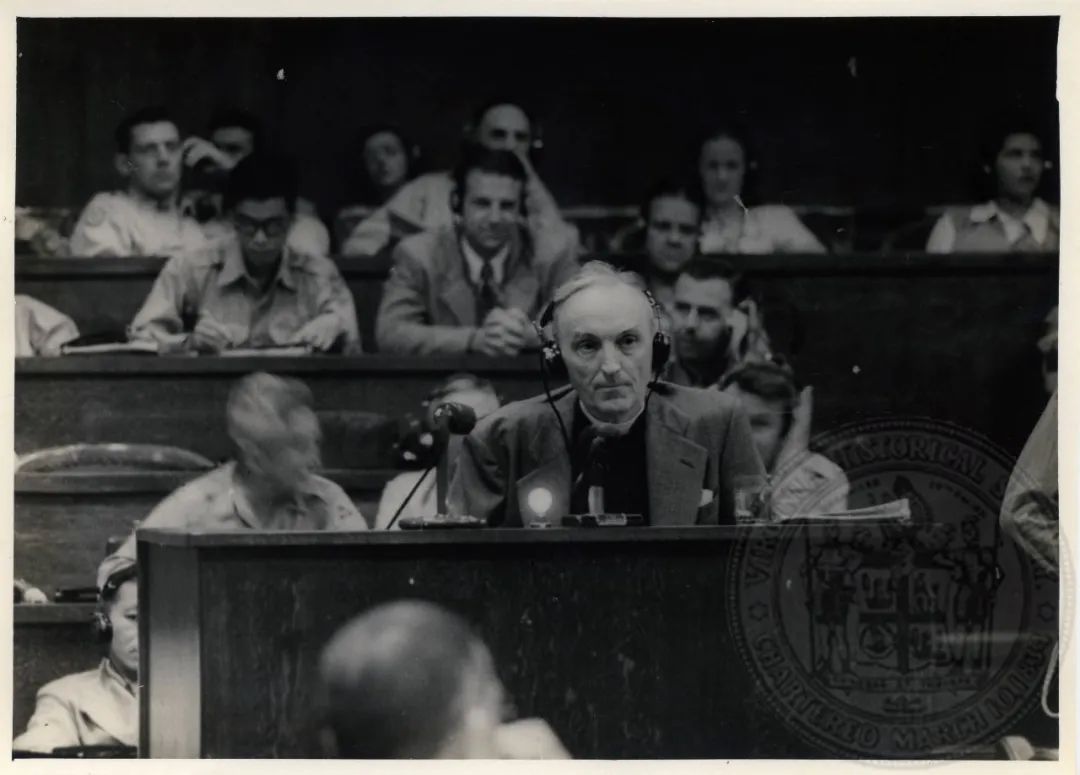
American pastor John Magee testifies in court. (Photo from the archives)
Collecting Evidence of Dohihara Kenji and Itagaki Seishiro in Japan
A year later, during the defense phase of the trial, to refute the sophistry of the defendants Dohihara Kenji and Seishirō Itagaki and to gather more evidence of their crimes, Hsiang Che-chun returned to China to apply for additional personnel.
Dohihara Kenji was the head of the special service agents who had carried out extensive espionage activities in China. Seishirō Itagaki had served as the Japanese Army Minister. The two jointly orchestrated the Mukden Incident on September 18 and established puppet organizations, including the puppet state of Manchukuo. If these two were not sentenced to the severest punishment, the Chinese people, who had suffered so much, would never accept it.
Xie Guansheng, the then Minister of Judicial Administration of China, specifically requested Nye Chengyu (the correct character should be "Ni Zhengao," but due to the absence of this character in the font library, "Nye Chengyu" is used as a substitute), who had just returned from a study tour in the United States and the United Kingdom and was familiar with the Anglo-American criminal procedural rules, to serve as the chief advisor to the Chinese prosecution team as reinforcement.
Before Japan's surrender, it had engaged in large-scale destruction of military archives in an attempt to cover up its war crimes. However, there were still secret archives that were captured by the Allied forces and had not been destroyed in time. The Chinese prosecution team at the Tokyo Trial requested, through the Chinese Military Delegation in Japan, that the Allied Forces Headquarters permit the Chinese prosecution team to access the sealed archives of the former Japanese Army Ministry to gather evidence of Japanese military crimes. The negotiations were quickly and smoothly resolved. Working together with one mind, after a period of intense effort around the clock, they managed to find Japanese military operation orders, battlefield reports, and officers' diaries.

Nye Chengyu (first on the right) is gathering evidence in the former Japanese Army Ministry archives. (Photo from the archives)
The Chinese prosecution team delivered a strong counterattack against the individual defenses of Dohihara Kenji, which began on September 16, 1947, and of Seishirō Itagaki, which began on October 6, 1947. During the three-day cross-examination of Itagaki, they meticulously interrogated the 48-page defense statement he presented. They simultaneously introduced evidence of his collusion and criminal activities with Dohihara Kenji, achieving a "double kill."

Nye Chengyu (first on the right) interrogates the war criminal Seishirō Itagaki. (Photo from the archives)
Execution by Hanging
On November 12, 1948, the International Military Tribunal for the Far East read out its verdict. Among the 25 defendants on trial, seven were sentenced to death by hanging. Iwane Matsui, the highest-ranking Japanese military commander in the area during the Nanjing Massacre, as well as Dohihara Kenji and Seishirō Itagaki, were all included.
The war criminals were executed by hanging in the early morning of December 23, 1948, on the outskirts of Tokyo. Their bodies were subsequently cremated, and the ashes were scattered in the wilderness.
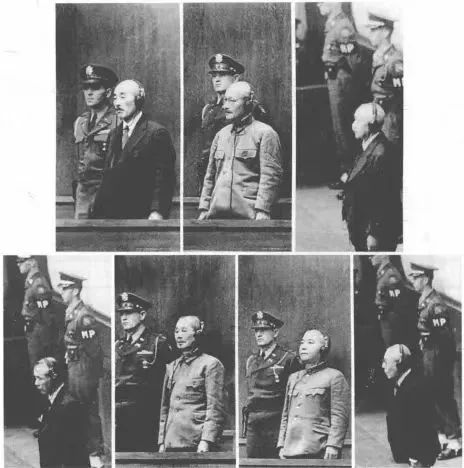
The seven war criminals sentenced to hanging from the top left were Seishirō Itagaki, Hideki Tojo, Kenji Doihara, Koki Hirota, Iwane Matsui, Akira Muto, and Heitaro Kimura. (Photo from the archives)

The signatures of the seven war criminals sentenced to hanging before their execution. (Photo from the archives)
The Tokyo Trial was the international community's definitive and conclusive judgment on Japan's modern expansion and the atrocities that accompanied it. It holds an unshakable significance.

